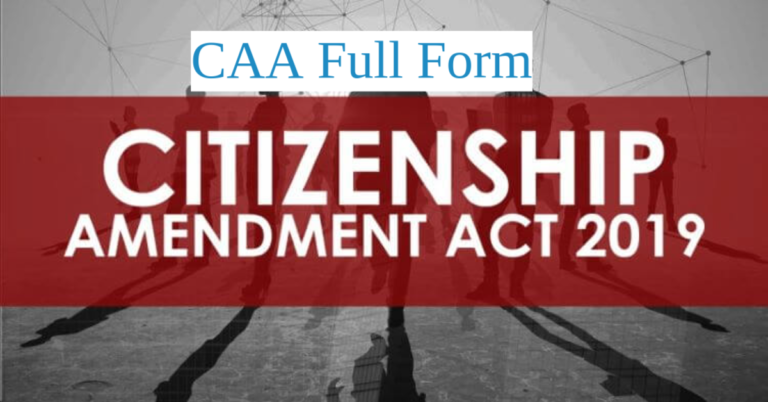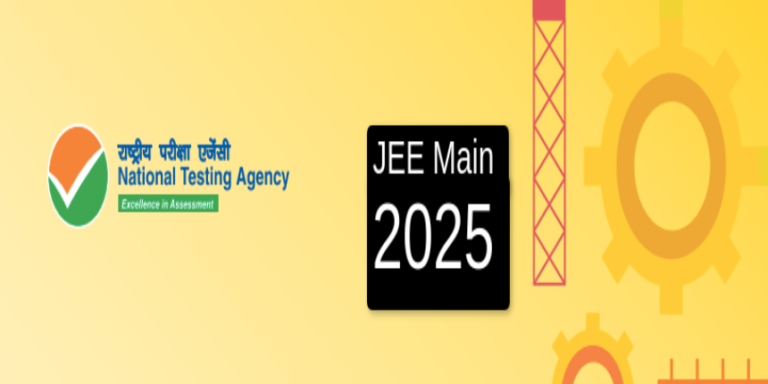
In the intricate tapestry of India’s fiscal policies, the term “Pre-Interim Budget” holds significant importance. As the country prepares to navigate the economic landscape, understanding the nuances of this budgetary phase becomes imperative. In this article, we delve into the intricacies of the Pre-Interim Budget, exploring its purpose, impact, and the broader context within the Indian financial framework.
Understanding the Basics
Before we embark on our journey into the realms of the Pre-Interim Budget, it’s crucial to comprehend the broader concepts of fiscal budgets in India. India follows a two-tier budget system – the Interim Budget and the Annual Budget. The Annual Budget, also known as the Union Budget, is presented by the Finance Minister in February, outlining the government’s revenue and expenditure for the upcoming financial year.
The Interim Budget, on the other hand, is presented in the election year, just before the expiry of the government’s term. It is essentially a stopgap arrangement, allowing the government to meet its financial obligations until a new government assumes office. The Interim Budget doesn’t propose any new policies or schemes, as its primary objective is to keep the government running smoothly in the transition period.
The Twist in the Tale: Pre-Interim Budget
The Pre-Interim Budget, a term that might sound paradoxical at first glance, is a strategic move by the government to address pressing fiscal matters before the Interim Budget kicks in. It is essentially a precursor to the Interim Budget, often presented a few weeks or months before the expiration of the government’s term. While it may not be as comprehensive as the Interim Budget, the Pre-Interim Budget serves as a bridge between the Annual Budget and the Interim Budget.
Purpose and Significance
The primary purpose of the Pre-Interim Budget is to address any urgent fiscal requirements that may arise before the Interim Budget comes into play. It acts as a tool for the government to ensure financial stability during the transition phase, especially in election years when political uncertainties are high. Unlike the Interim Budget, the Pre-Interim Budget does have the flexibility to introduce new policies or make changes in existing ones, albeit within certain constraints.
Key Components of the Pre-Interim Budget
Expenditure Reallocation: One of the significant aspects of the Pre-Interim Budget is the potential reallocation of funds. The government may identify critical sectors that require immediate attention and allocate resources accordingly. This reallocation can be instrumental in addressing emerging challenges or crises.
Policy Adjustments: While the Pre-Interim Budget might not introduce sweeping policy changes, it allows for adjustments in existing policies. This could include tweaking tax structures, revising subsidies, or making amendments to existing welfare schemes.
Infrastructure Focus: Given the emphasis on economic growth and development, the Pre-Interim Budget often prioritizes infrastructure projects. Allocating funds for key infrastructure initiatives can stimulate economic activity and create a positive impact on various sectors.
Social Welfare Measures: The government may use the Pre-Interim Budget to announce or enhance social welfare measures. This could include subsidies for essential commodities, welfare programs for marginalized communities, or initiatives to boost healthcare and education.
Revenue Generation Strategies: To meet immediate fiscal requirements, the Pre-Interim Budget may explore innovative revenue generation strategies. This could involve identifying new sources of income, revising taxation policies, or addressing loopholes in the existing revenue framework.
Challenges and Criticisms
While the Pre-Interim Budget serves a crucial purpose in maintaining fiscal stability during the transition period, it is not immune to criticisms and challenges. One significant concern is the potential overlap with the Interim Budget. Critics argue that the Pre-Interim Budget may dilute the impact of the Interim Budget, leading to confusion and redundancy in policy announcements.
Additionally, there are concerns about the timing of the Pre-Interim Budget. If presented too close to the Interim Budget, it may not allow for adequate parliamentary scrutiny and public debate. This could undermine the democratic principles of transparency and accountability in the budgetary process.
Conclusion
In the intricate dance of India’s fiscal policies, the Pre-Interim Budget emerges as a strategic player, navigating the complexities of a transitional period. While it may not wield the comprehensive authority of the Annual Budget or the political weight of the Interim Budget, its significance lies in addressing immediate fiscal needs and setting the stage for the impending budgetary cycle.
As India continues to evolve economically and politically, the Pre-Interim Budget remains a dynamic tool for the government to respond to emerging challenges, allocate resources judiciously, and lay the groundwork for a stable fiscal future. As citizens, understanding the nuances of these budgetary phases allows us to critically analyze the government’s financial strategies and actively participate in shaping the economic trajectory of our nation.






